It’s time for this week’s effervescently educational installment of Wine Wednesday Wordologie, and this week we’re really gettin’ all “Frenchified” with it!
But first: *insert Morpheus voice from the movie The Matrix here* ⇒ “What if I told you that approximately 80% of all of the champagne produced in France was produced by the large, well-known champagne houses?” Would that surprise you? Probably not one bit. After all, the grand marquee houses have come, in many ways to be considered the representation of the expression of champagne. But what if I then told you that those large house only own about 12% of the vineyards in the Champagne region–would you be surprised then? From a sheer mathematical standpoint, you probably should be.
Oh, but I know you, my lovely dears–you’re much less concerned with statistics, and much more concerned with what in the world happens to those sweet, precious, wine-making-capable grapes from the other 88% of the vineyard.?
That’s why I adore you–you always concern yourself with the right things.
Here’s how it goes down: the large champagne houses, such as Mumm, Veuve Clicquot, Pol Roger, and Moët & Chandon {who collectively produce millions of cases of champagne annually, by the way}, don’t own enough of the vineyards in the region to match their tremendous output. To make up for this shortage they purchase grapes and juice sourced from dozens and dozens of other vineyards in the Champagne region. That’s the way things have been traditionally done for over a hundred years.
But for the last 15 years or so the families, farmers, and owners of some of the vineyard have decided that the grand marquee champagne houses shouldn’t be the only ones allowed to have all the wine-making fun. Indeed, they have decided it was time for them to enter the bubbly-making games on their own. This has created the rise of what is known as “grower champagne” {also known as “farmer fizz”}. This brings us to the this week’s Wordologie term of effervescence.
Remember my previous Wine Wednesday Wordologie installment “G” is “Grower Champagne?’ Well, Récoltant-Manipulant {learn how to say it here!} is the term that refers to the actual grower.
IT’S A MATTER OF TASTE
You may be thinking “All French champagne are pretty much the same, right?” Not even close, especially when it comes to Récoltant-Manipulant {RM} champagnes. As renown champagne authority Peter Liem put it, “the best grower champagnes are increasingly diverging in character from traditional champagnes” because the styles each grower creates is often representative of his or her specific and particular preferences. For me personally, it’s exciting to “get to know” the growers in a way through the wines that they make.
Flavor Profile
- The big champagne houses often {there are lots of exceptions, of course} produce blended wines to sustain a consistent “house style.” This is why you can purchase a bottle of Veuve Clicquot Yellow label in 2012, 2013, and 2014, and you’ll get a consistent flavor profile each time. Consumers like this because they know what to expect every time the purchase a bottle.
- RM produced wines on the other hand are considered “artisanal,” terroir driven wines. Since the grapes come from a single vineyard, estate or village {as opposed to all across the champagne region like the large houses}. By French law, the RM champagnes at least 95% of the grapes used must be from the grower. The RM champagnes will vary from year to year due to the variations and fluctuations in climates, temperature, and growing conditions in a region from year to year.
Aging
- Furthermore, the large champagne houses typically have the financial resources that allows them to age their wines longer. The more a champagne ages, the more “autolytic: flavors it develops {woot-woot for that WSET education!}. Autolytic flavors are what gives some sparkling wines their toasty, bready, biscuity, yeasty flavors.
- As for the small estates, champagne that is being aged is champagne that isn’t being sold, and with such small quantities of RM being produced the growers can’t really afford to stockpile inventory. Some of the vintners live solely off the wine they grow, produce,bottle and sell, so long aging is often not a viable option.
Let’s Sweeten Things Up
- Big house champagnes will also likely have more dosage that RM wines. If you remember from a previous Wine Wednesday Wordologie lesson, dosage is the amount of sugar added to the wine.
Check out this week #BubbleistaBonusTip: Want to know a quick way to identify these delicious, terroir driven bubbles? If you don’t actually see “Récoltant-Manipulant” just look for the letters “RM” on the label. You may also occasionally see the letters “SR” (for Societe de Recoltants) on the label too. But that’s Wine Wednesday Wordologie post for another day {wink}.
CHALLENGE!
So here’s my challenge for the week: step up your champagne sipping game and don’t always just buy a bottle of bubbly according to a familiar name brand! Be champagne savvy and seek out the small production champagnes too–which are typically a great value, by the way–and expand your bubbly drinking repertoire. Simply go into your local grocery or package store and check out the label. You could even ask someone in the wine department to point out the grower champagnes to you. If you’re feeling really fancy you can actually ask for “Récoltant-Manipulant” champagnes and earn lots of bubbly cool points.
Oh! And when you try a RM champagne, please post a picture on Instagram and TAG ME–I’d love to see what discoveries you’ve made! Use both of the hashtags listed below!
#RMGrowerChampagne
#TheBubbleista
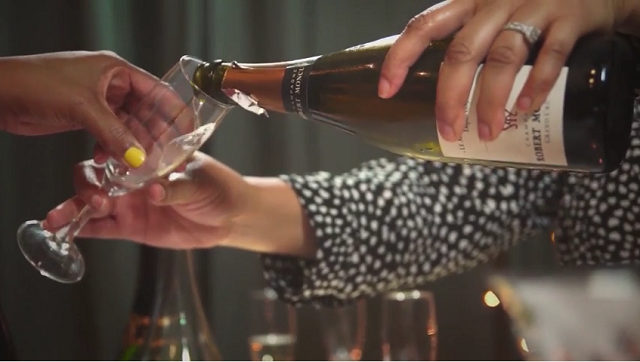
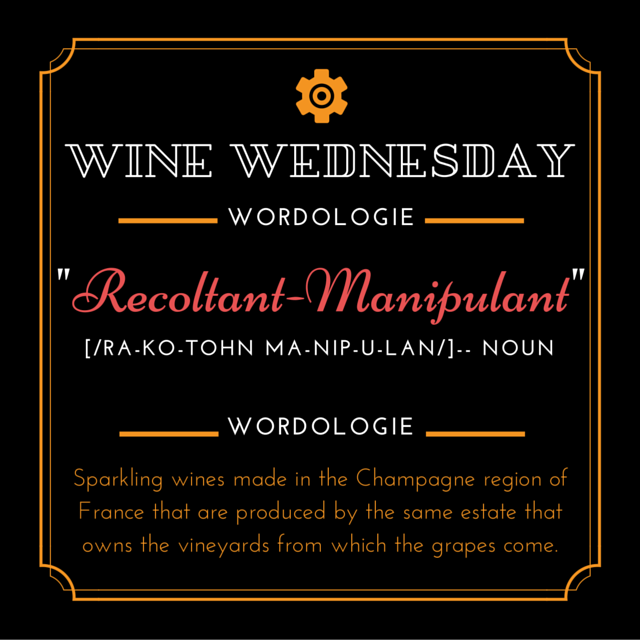
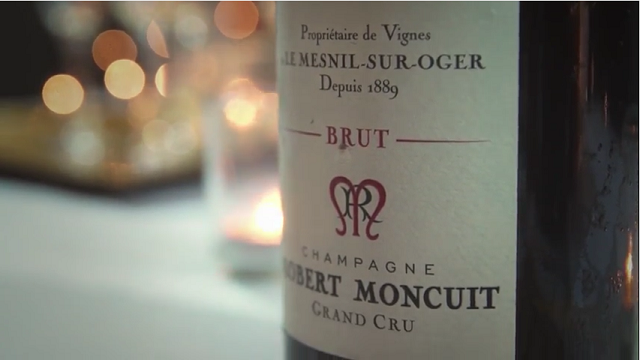

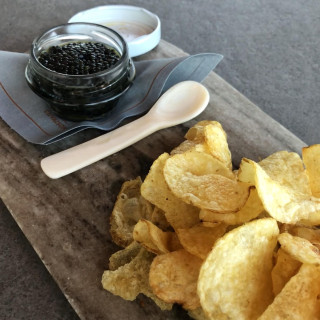
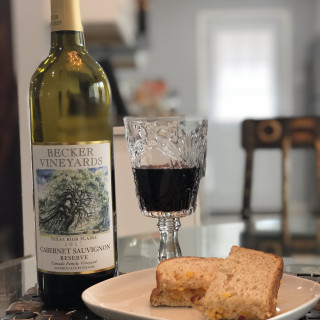

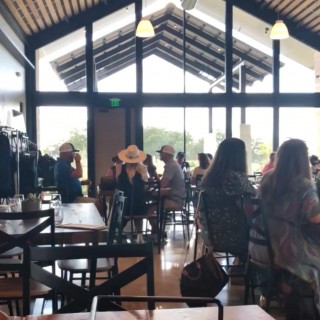

[…] know I haven’t done an installment of my “Wine Wednesday Wordologie” champagne and bubbly vocabulary lessons in a loooonnnnngggg time {it’s coming back, I […]